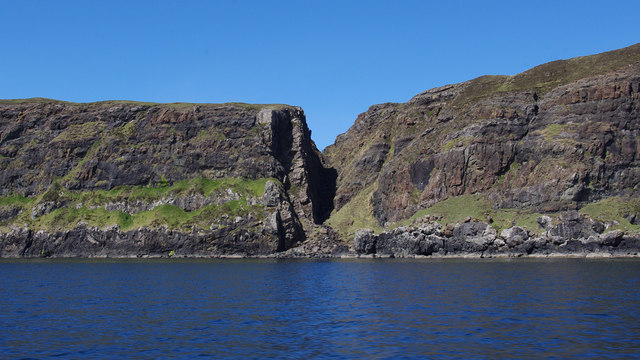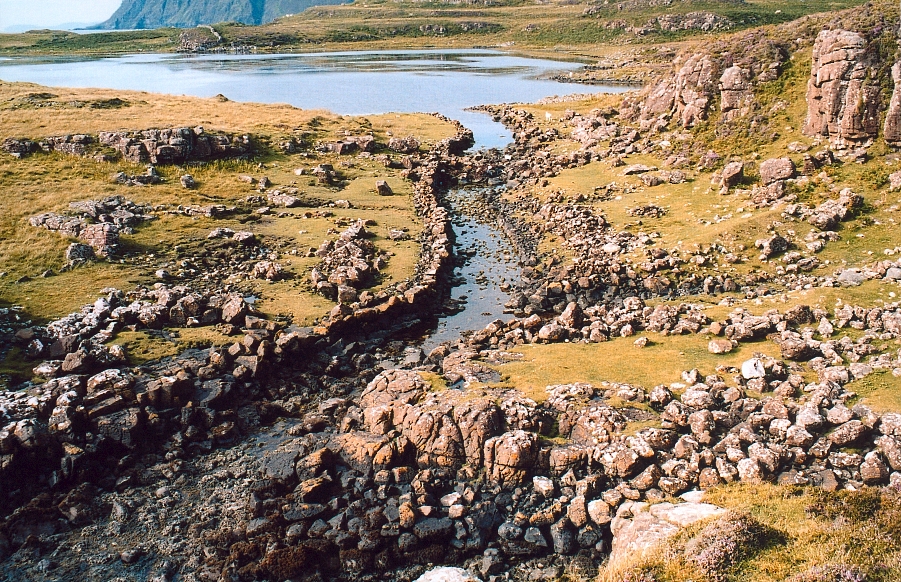Creag a' Chapaill
Cliff, Slope in Inverness-shire
Scotland
Creag a' Chapaill

Creag a' Chapaill is a prominent cliff located in Inverness-shire, Scotland. It is situated near the village of Inverfarigaig, overlooking the famous Loch Ness. The name Creag a' Chapaill translates to "The Horse's Rock" in English.
The cliff is characterized by its steep slope and rugged terrain, making it a popular destination for outdoor enthusiasts and hikers looking for a challenging climb. The rock formations on the cliff provide a stunning backdrop against the scenic views of Loch Ness and the surrounding countryside.
Creag a' Chapaill is home to a variety of wildlife, including birds of prey such as eagles and falcons, making it a great spot for birdwatching. The area is also rich in flora, with heather, mosses, and lichens covering the rocky surfaces.
Visitors to Creag a' Chapaill can enjoy breathtaking views of Loch Ness and the surrounding mountains from the top of the cliff. The rugged beauty of this natural landmark makes it a must-visit destination for nature lovers and outdoor adventurers in Inverness-shire.
If you have any feedback on the listing, please let us know in the comments section below.
Creag a' Chapaill Images
Images are sourced within 2km of 57.161718/-6.3017563 or Grid Reference NG4016. Thanks to Geograph Open Source API. All images are credited.




Creag a' Chapaill is located at Grid Ref: NG4016 (Lat: 57.161718, Lng: -6.3017563)
Unitary Authority: Highland
Police Authority: Highlands and Islands
What 3 Words
///flagging.marzipan.medium. Near Elgol, Highland
Nearby Locations
Related Wikis
Rubha an Dùnain
Rubha an Dùnain or Rubh' an Dùnain (Scottish Gaelic pronunciation: [ᵲu(.ə) ən t̪uːnən]) is an uninhabited peninsula to the south of the Cuillin hills on...
Loch Brittle
Loch Brittle is a sea loch on the southwest coast of Skye in Scotland. A sandy beach separates Glen Brittle from Loch Brittle. The land to the sides of...
Soay, Inner Hebrides
Soay (Scottish Gaelic: Sòdhaigh, pronounced [ˈs̪ɔː.aj]) is an island just off the coast of Skye, in the Inner Hebrides of Scotland. == Geography == Soay...
Bualintur
Bualintur (Scottish Gaelic: Buaile an Todhair) is a remote township, which lies at the head of Loch Brittle on the island of Skye in the Highlands of...
Nearby Amenities
Located within 500m of 57.161718,-6.3017563Have you been to Creag a' Chapaill?
Leave your review of Creag a' Chapaill below (or comments, questions and feedback).
















